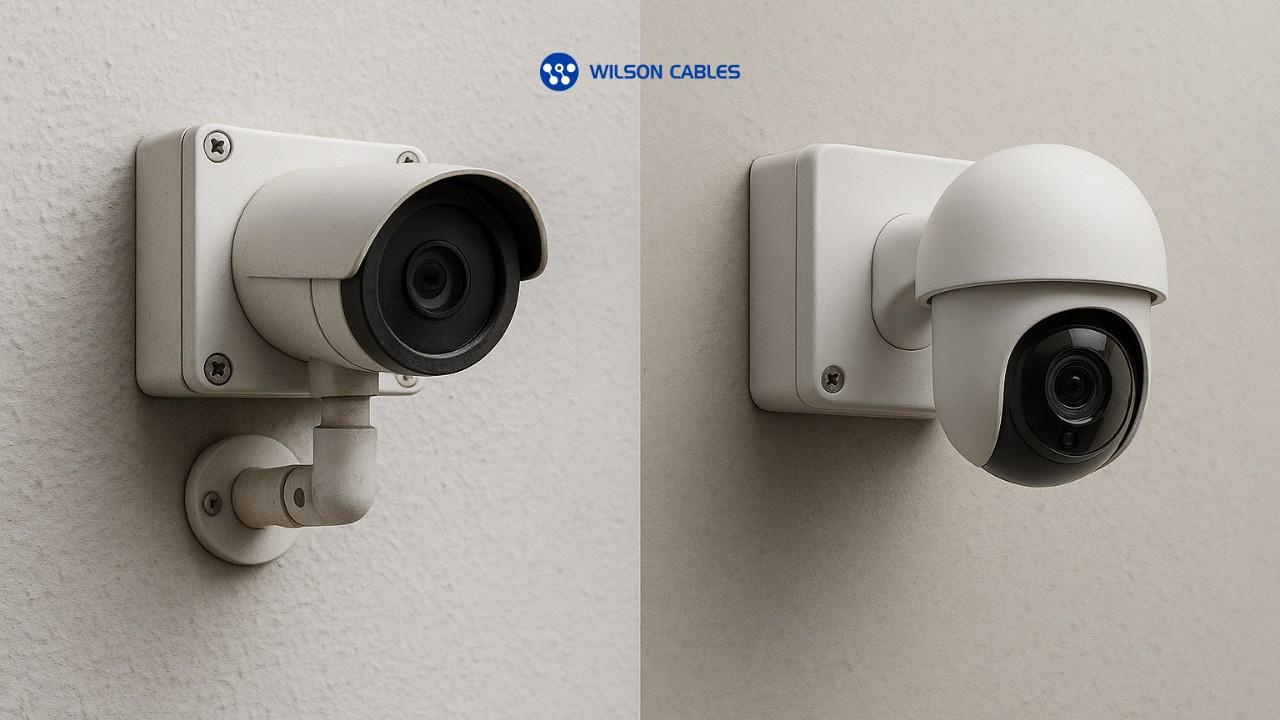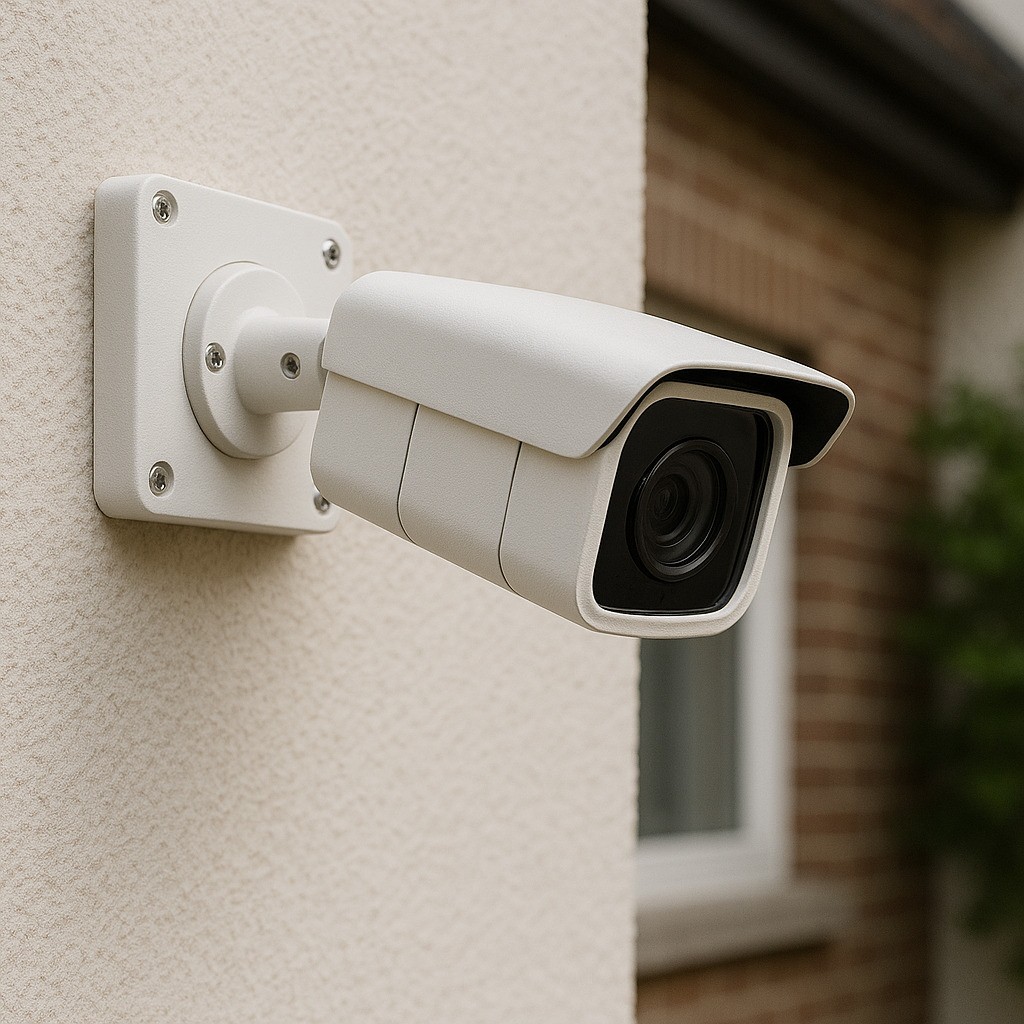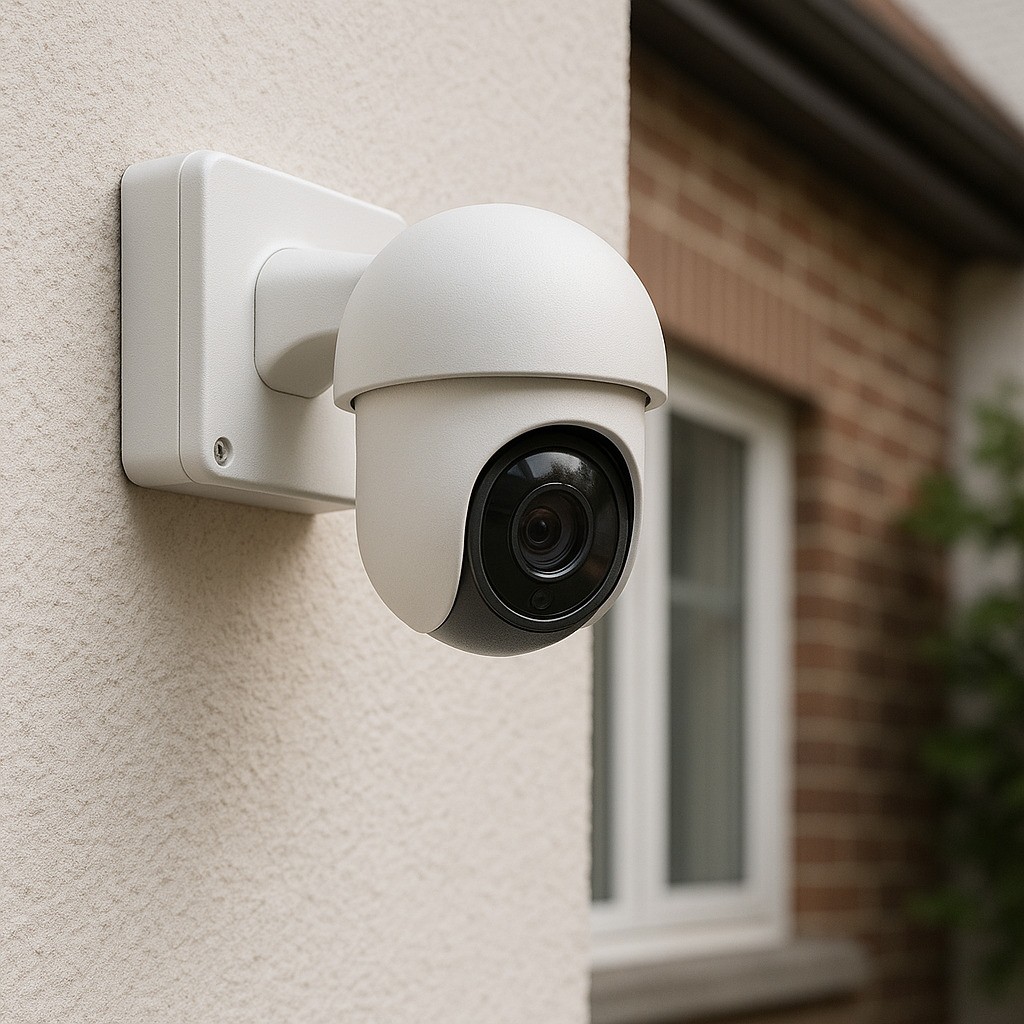
Along with the development of surveillance technology, camera-based security systems or CCTV (Closed-Circuit Television) are now available in various types. The two most popular types used in homes, offices, and industries are IP Camera CCTV and Analog CCTV. Although both are used for recording activities and enhancing security, there are significant differences in terms of technology, installation, image quality, and data transmission methods.
In this article, we will discuss the differences between IP Cameras and Analog CCTV in detail, including their respective advantages and disadvantages, as well as how to choose the most suitable CCTV system for your needs. Let’s take a look at the explanation below.

Analog CCTV is an older generation security camera system that is still widely used today, primarily due to its ease of installation and relatively low cost. Analog cameras capture images in analog format (electrical signals) and transmit them via coaxial cables, such as RG-59, to a DVR (Digital Video Recorder). The DVR converts the analog signals into digital data for display and storage.

An IP Camera (Internet Protocol Camera) is a modern surveillance system that captures images in digital format and transmits data over a computer network (LAN or internet). This camera does not require a DVR, as it can record directly to an NVR (Network Video Recorder), cloud storage, or even an internal SD card.
To help you understand the differences, here is a comparison table between IP Cameras and Analog CCTV:
|
Descriptions |
IP Camera CCTV |
CCTV Analog |
|
Signal Format |
Digital (via IP Network) |
Analog (via coaxial cable) |
|
Image Quality |
High (HD, 4K, and higher) |
Limited (SD or HD) |
|
Remote Access |
Yes (via internet or app) |
Not directly available |
|
Additional Features |
AI, motion detection, notifications |
Limited to basic recordings |
|
Installation and Setup |
Network configuration required |
Simpler and faster |
|
Cost |
Higher |
More affordable |
|
Cable Requirements |
Kabel LAN (PoE) |
Coaxial cable + additional cable |
You can choose between IP Cameras and Analog CCTV depending on your specific needs, budget, and scale of use.
However, it is important to note that the quality of a CCTV system is not determined by the cameras alone. The cables used also play a crucial role in maintaining signal stability and the durability of your surveillance system.
For those using an analog CCTV system, ensure you choose high-quality cables to maintain clear recordings and minimize interference.
Wilson Cables offers RG-59 CCTV cables specifically designed for maximum video signal transmission quality. Made with pure copper cores and double insulation protection, Wilson Cables' RG-59 cables reduce noise and maintain optimal video quality even over long distances.
Don't let your security system be disrupted by low-quality cables. Use Wilson Cables RG-59 for more stable and reliable surveillance results.
IP CCTV Cameras and Analog CCTV Cameras play a crucial role in surveillance systems, but each has its own advantages and limitations. Understanding the technical differences and field requirements will help you choose the most suitable system. Of course, complete your installation with the best CCTV cables like RG-59 from Wilson Cables to ensure the entire system operates efficiently, safely, and durably.